Cleaning Sticky Kitchen Cabinets Guide
Maintaining a clean and tidy kitchen is essential for both hygiene and aesthetic reasons. However, over time, kitchen cabinets can accumulate grease, grime, and other sticky residues, making them challenging to clean. Sticky kitchen cabinets not only detract from the overall appearance of your kitchen but can also harbor bacteria and germs if left unaddressed. In this comprehensive guide, we’ll discuss effective methods for cleaning sticky kitchen cabinets to restore them to their former glory.

Understanding the Causes of Sticky Cabinets
Before delving into cleaning methods, it’s crucial to understand why kitchen cabinets become sticky in the first place. The primary culprits are grease, food splatters, and spills that accumulate over time. Cooking activities, such as frying and sautéing, can release grease into the air, which settles on surfaces, including cabinets. Additionally, moisture and humidity in the kitchen can exacerbate the stickiness, especially in areas near the stove or dishwasher. Over time, these residues attract dust and dirt, further exacerbating the problem.
To effectively clean sticky kitchen cabinets, it’s essential to choose the right cleaning products and methods. Harsh chemicals may damage the cabinet’s finish or leave behind residues that attract more dirt. Instead, opt for gentle yet effective cleaners such as dish soap, vinegar, or baking soda. These natural cleaners are safe to use and can effectively cut through grease and grime without causing harm to the cabinet’s surface.

Step-by-Step Cleaning Process
Remove Contents: Begin by emptying the cabinets to access all surfaces easily. This will also prevent any cleaning solution from damaging food items or dishes.
Prepare Cleaning Solution: Mix a solution of warm water and mild dish soap in a bucket or spray bottle. Alternatively, you can use a mixture of equal parts white vinegar and water for tougher stains and grease buildup.
Spot Test: Before applying the cleaning solution to the entire cabinet surface, perform a spot test in an inconspicuous area to ensure it doesn’t cause any damage or discoloration.
Clean Cabinets: Dip a sponge or microfiber cloth into the cleaning solution and gently scrub the cabinet surfaces, focusing on areas with the most buildup. For stubborn grease or grime, allow the cleaner to sit for a few minutes before scrubbing.
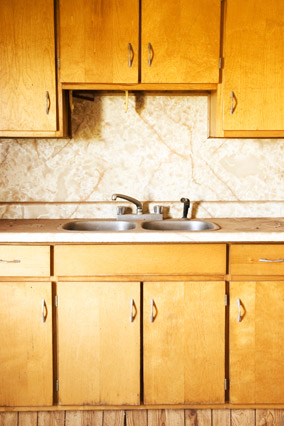
Preventive Measures and Maintenance
Once you’ve successfully cleaned your kitchen cabinets, it’s essential to implement preventive measures to minimize future stickiness. Here are some tips for maintaining clean and non-sticky cabinets:
Regular Cleaning: Make it a habit to wipe down cabinet surfaces regularly, especially those near the stove and sink, where grease and moisture are more prevalent.
Use Cabinet Liners: Consider lining your cabinet shelves and drawers with non-adhesive shelf liners. These liners not only protect the cabinet surface but also make cleaning easier by trapping spills and crumbs.
Avoid Harsh Chemicals: Steer clear of harsh chemical cleaners that can damage the cabinet finish. Opt for natural cleaning solutions or those specifically formulated for wood surfaces.
Proper Ventilation: Ensure adequate ventilation in your kitchen to reduce moisture levels, which can contribute to sticky cabinets. Use exhaust fans while cooking and keep windows open when possible.

Common Mistakes to Avoid
While cleaning sticky kitchen cabinets, it’s important to avoid the following common mistakes:
Using Abrasive Cleaners: Abrasive cleaners can scratch and damage the cabinet’s finish, making them more susceptible to dirt and grime buildup.
Skipping Spot Test: Neglecting to perform a spot test before applying a cleaning solution can result in damage or discoloration to the cabinet surface.
Overlooking Hardware: Don’t forget to clean cabinet hardware, such as knobs and handles, which can also accumulate grease and grime.
Using Excessive Water: Avoid soaking cabinet surfaces with excessive water, as it can cause warping or swelling, especially in wooden cabinets.

How often should I clean my kitchen cabinets?
Regular cleaning is key to preventing sticky buildup. Aim to wipe down cabinet surfaces at least once a month, or more frequently if you cook frequently.
Can I use vinegar to clean wooden cabinets?
Yes, vinegar is safe to use on wooden cabinets. However, dilute it with water to avoid damaging the wood finish, and always perform a spot test first.
What if my cabinets are still sticky after cleaning?
If your cabinets remain sticky after cleaning, it may indicate a more stubborn buildup. Repeat the cleaning process or try using a stronger cleaning solution.
Can I use furniture polish to clean kitchen cabinets?
While furniture polish can add shine to cabinets, it may also leave behind a residue that attracts more dust and dirt. Stick to mild cleaners specifically formulated for kitchen surfaces.
How can I prevent cabinets from becoming sticky in the future?
To prevent sticky buildup, practice regular cleaning, use cabinet liners, avoid harsh chemicals, and ensure proper kitchen ventilation to reduce moisture levels.
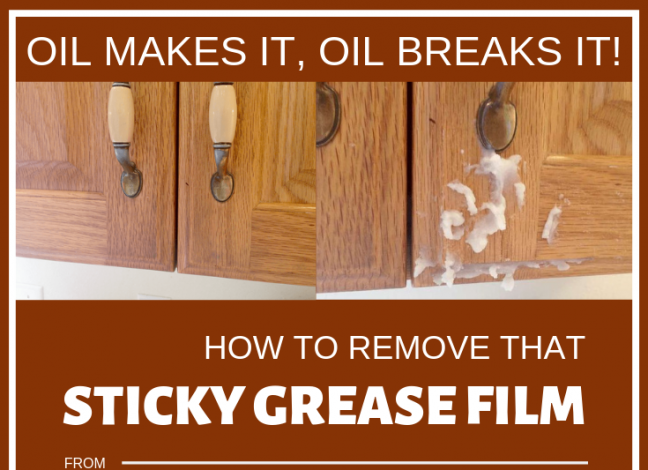
Oil Makes It Oil Breaks It! How To Remove That Sticky Grease Film From Kitchen Cabinets With Oil
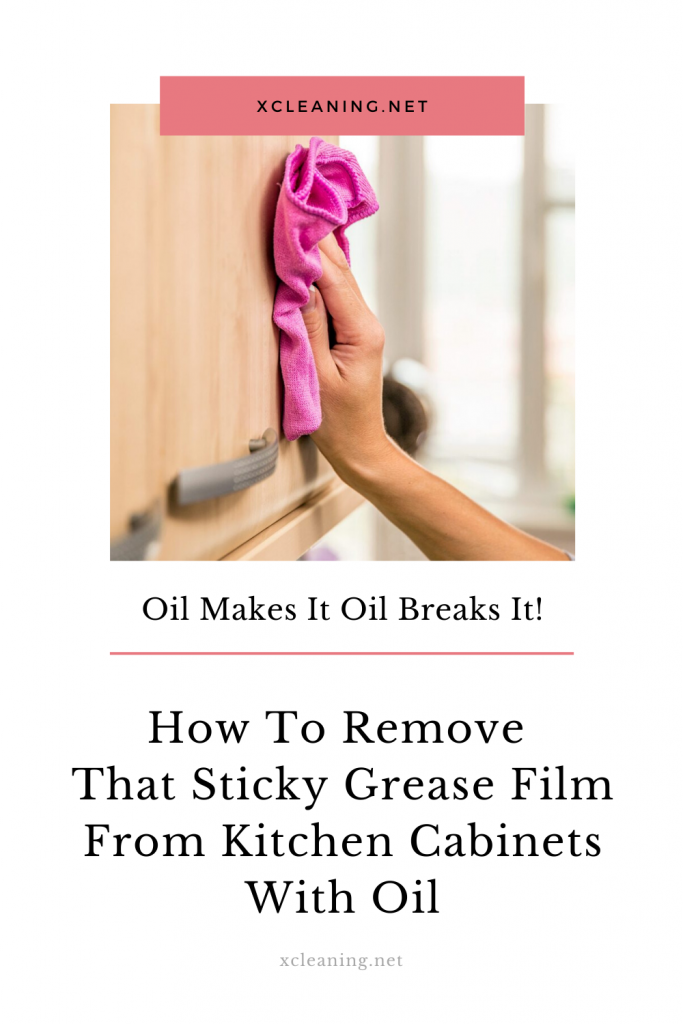
How to Clean Sticky Wood Kitchen Cabinets Easily Kitchen Infinity
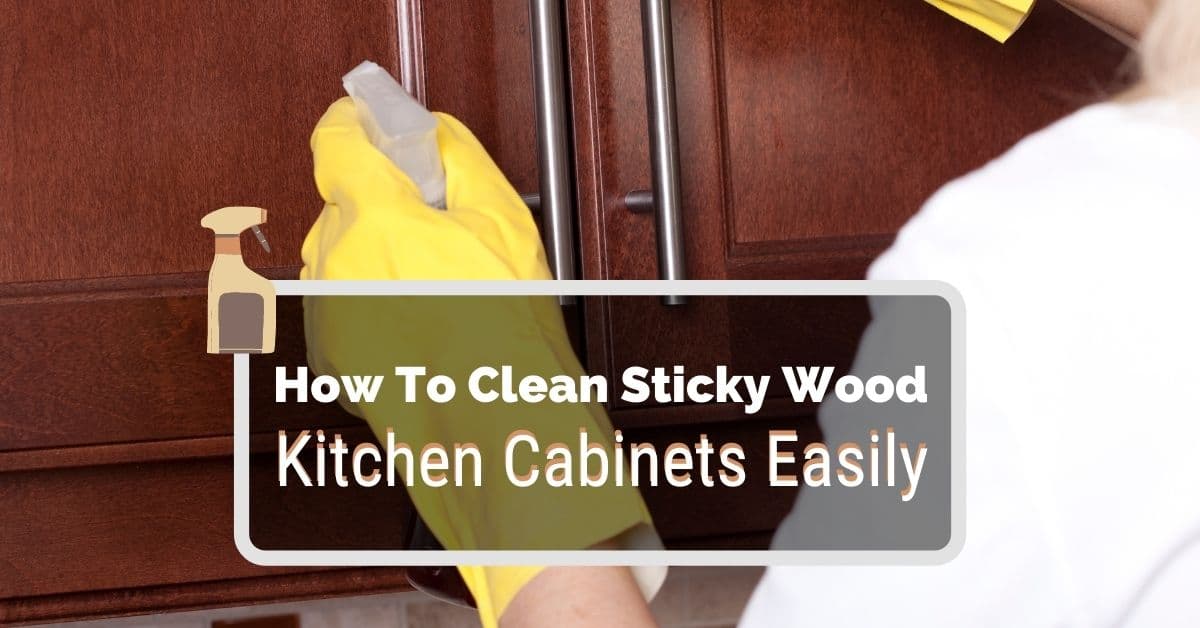
How To Clean Sticky Oak Kitchen Cabinets – LarrySolberg

Oil Makes It Oil Breaks It! How To Remove That Sticky Grease Film From Kitchen Cabinets With Oil
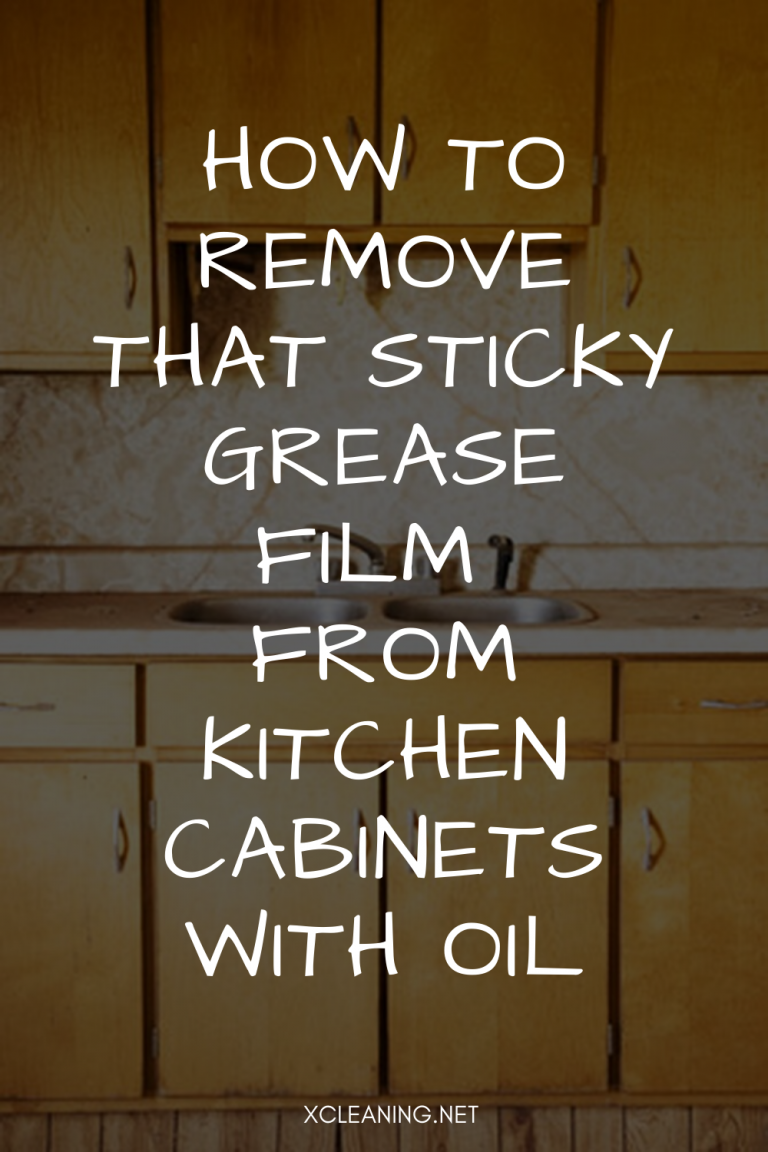
Clever Kitchen Cleaning Tips Every Clean Freak Needs To Know
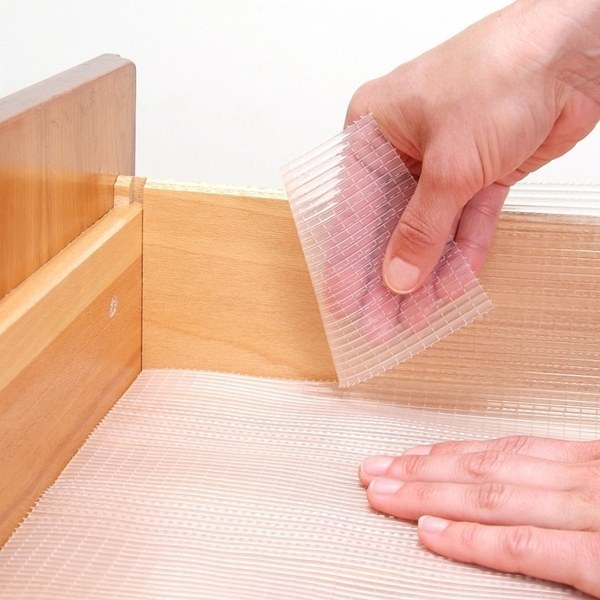
Kitchen Cleaner – COSWAY

Related Posts:
- Kitchen Cabinet Factory Outlet Murrysville
- What Paint Should I Use To Paint Kitchen Cabinets
- White Kitchen Cabinets With Brass Hardware
- Priming Kitchen Cabinets For Painting
- Kitchen Cabinet Pull Out Cutting Board
- Kitchen Cabinets Seattle Wa
- Types Of Glass For Kitchen Cabinet Doors
- Making Kitchen Cabinets From Plywood
- Made To Order Kitchen Cabinet Doors
- Cherry Mahogany Kitchen Cabinets